 address:201, Factory 6, Longhui Industrial Park, Fuqiao 3rd District, Xinhe Community, Fuhai Street, Baoan District, Shenzhen china
address:201, Factory 6, Longhui Industrial Park, Fuqiao 3rd District, Xinhe Community, Fuhai Street, Baoan District, Shenzhen china
kapton flexible pcb- A Comprehensive Guide
Circuit boards are among the essential core components in any electronic system. However, while the typical PCB board can be useful in a wide range of applications, it is unsuitable for an electronic device operating under special conditions. Take, for instance, an electronic device working under extreme temperatures. For such complex devices, the typical circuit boards cannot work. However, that's where the Kapton PCB comes in handy. Check out this guide for a more detailed explanation of the Kapton PCB and its applications.
Contents [hide]
What is Kapton PCB?
Characteristics of Kapton PCB
Why Choose Kapton PCB Material in Manufacturing Process?
Is Kapton PCB better than FR-4 PCB?
Types of Polyimide used in Kapton PCB
Factors to consider while choosing a Kapton PCB
Summary
What is Kapton PCB?
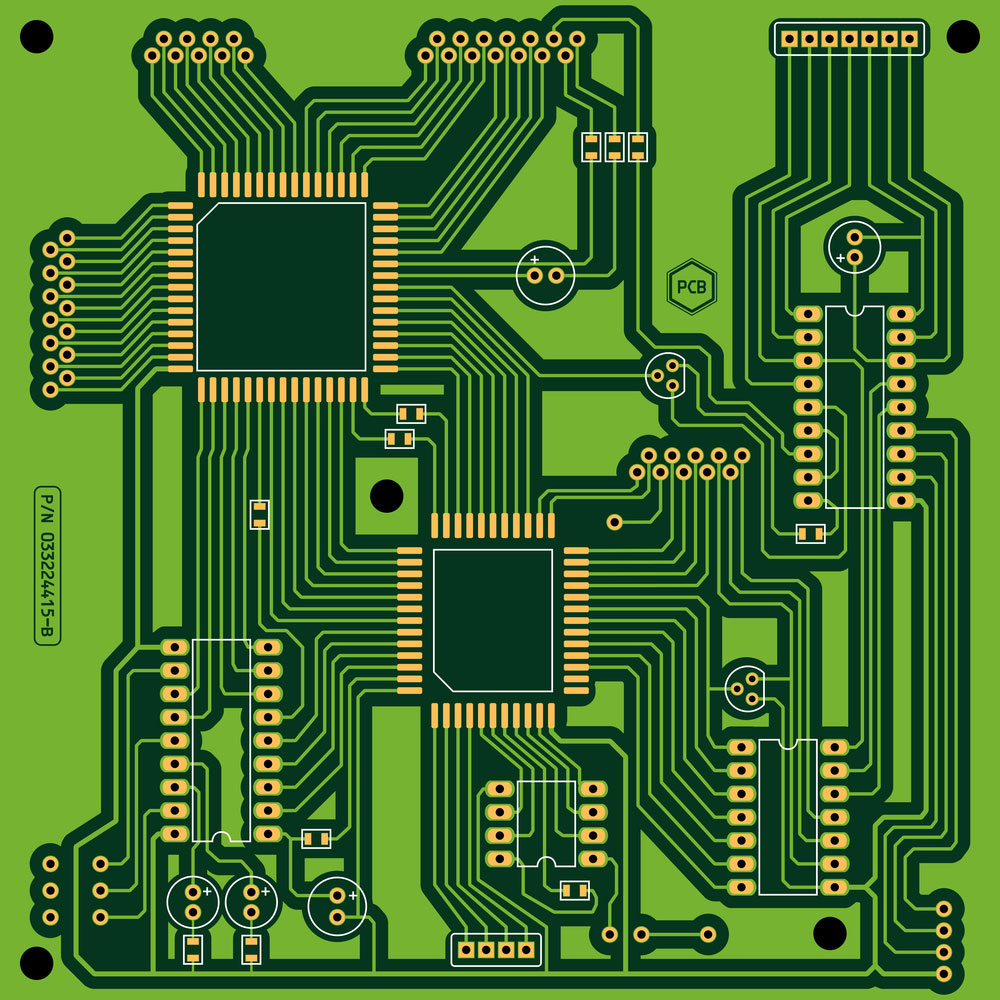
Printed circuit board (PCB) trace layout
It's a special kind of PCB with exceptional thermal stability that is essential where temperature exposure is inevitable.
Typically, the Kapton is a polyimide resulting from a reaction of dianhydride and diamine monomers in condensed conditions. Therefore, the Kapton PCB is a polyimide. It's relatively stiffer, stronger inert, and capable of operating in a higher operating temperatures range than typical PCBs.
Characteristics of Kapton PCB
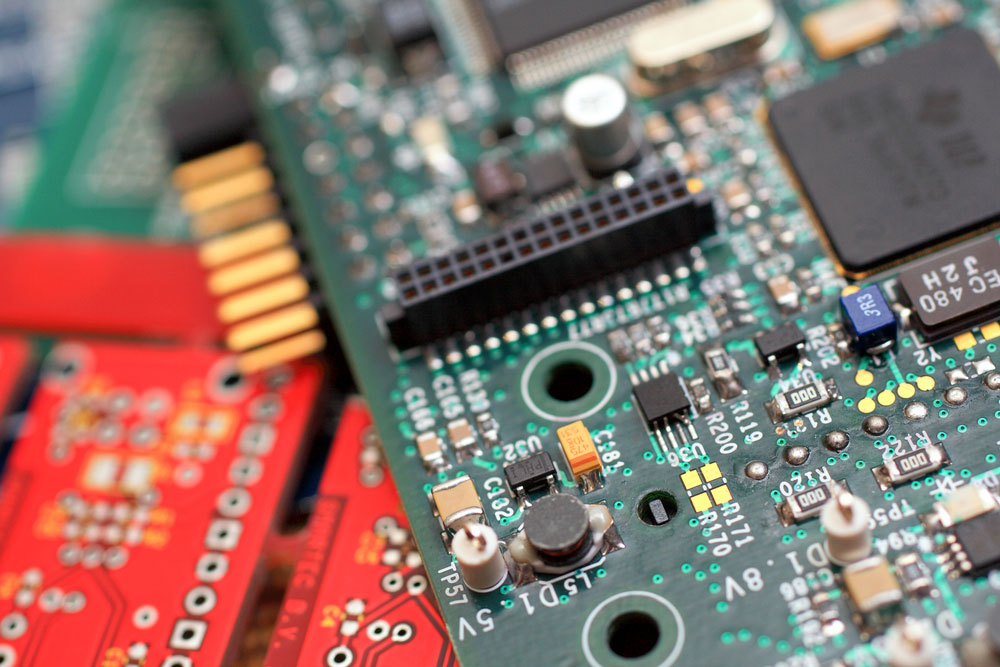
A printed circuit board without components
The outstanding features of the Kapton PCB include the following:
It maintains all the physical, electrical, and mechanical features within a wide range of temperatures between -452 to 752 degrees Fahrenheit.
Secondly, it's a good insulator and resistor, thus valuable for aerospace and highly demanding electric applications.
The polyimide is also highly conductive and stable, thus widely used in electronic components.
In addition, Kapton PCB withstands extremes of high and low temperatures and further features good chemical and radiation resistance.
Moreover, it is an effective PCB that is essential in labeling applications.
Why Choose Kapton PCB Material in Manufacturing Process?
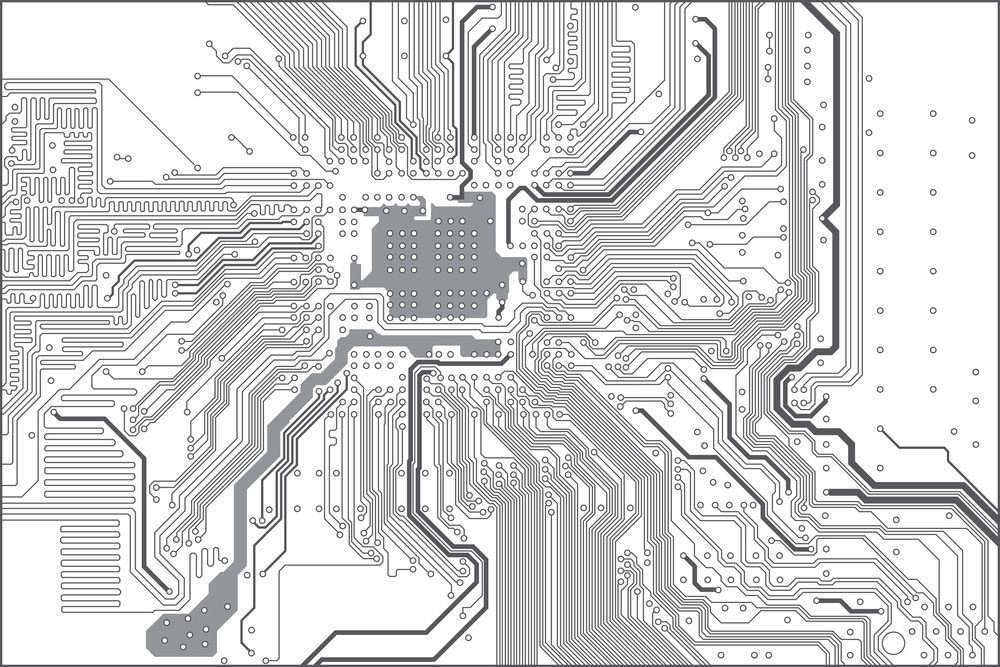
PCB with electronic components
Kapton PCBs are useful in various manufacturing applications primarily due to their unique thermal resistance feature. Other reasons include the following:
They form flexible circuits with excellent electric performance. Therefore, due to their low dielectric constant, they allow a seamless flow of electrical signals.
In addition, Kapton PCBs are crucial in both high and low-density mountain designs. Therefore, this improves their flexibility in the application.
Furthermore, with the polyimide material, the electronic assembly process is relatively more straightforward.
The circuit substrate further features a relatively thick polyimide film and copper foils. And this boosts the strength of the circuit. Also, while using light circuits, you can boost their mechanical stability and stability by improving the circuit's base material.
The high flexibility of the PCB means they have an impressive torsion effect. Besides, they can easily bend and move without affecting the conductivity and unique thermal properties.
Lastly, manufacturers of mobile communication devices, aerospace devices, and computers require small-sized circuit boards. The Kapton printed circuit boards allow the reduction of size while still maintaining the properties of the higher-resistance material (polyimide).
Is Kapton PCB better than FR-4 PCB?
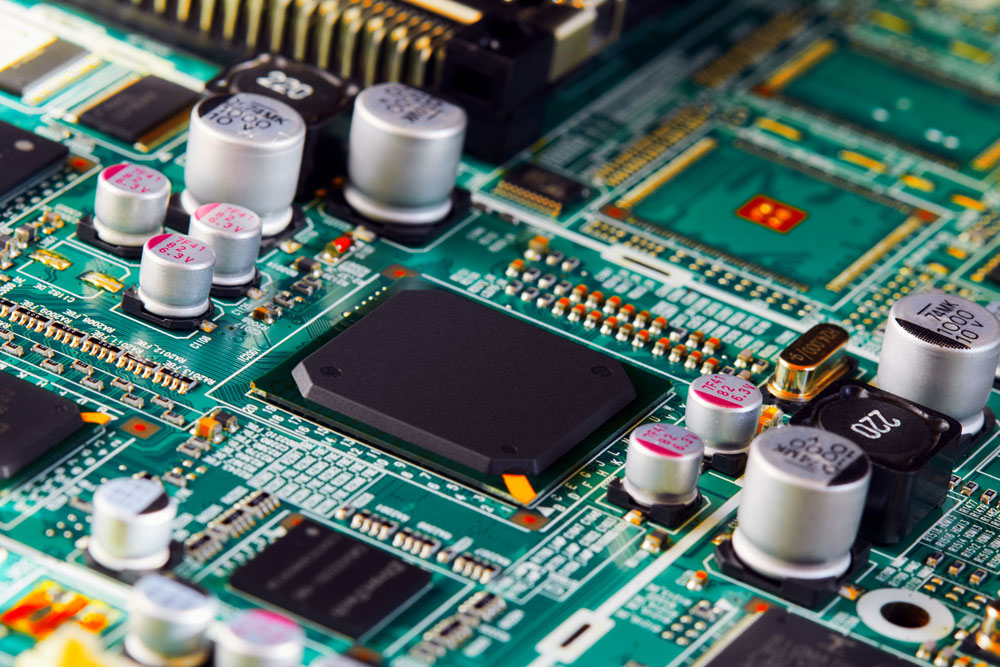
A PCB with components
Given a choice between polyimide materials and FR4 materials, choose the Polyimide materials (Kapton PCB) due to the following reasons:
Outstanding Tensile Strength
Kapton PCB has a tensile strength of approximately 231 MPa, while FR4 PCB is approximately 70 MPa. Hence, Kapton makes a stronger PCB than FR4, making it ideal for most electronics applications.
Flexibility
Polyimide is the core material for rigid-flex circuit boards and flexible circuit boards. Thus, in fields with a high frequency of use and mobility, a polyamide board will fare better than an FR4 board.
Improved Functionality
The Kapton PCB ranks among the top types in regard to functionality in both single and multilayer circuits. Besides, due to the robust nature of the PCBs, Kapton one-sided and double-sided PCBs are excellent in various applications.
Excellent Heat Resistance
Secondly, in applications involving exposure to heat, the Kapton PCB is more reliable than the FR-4 board. Its use offers excellent heat resistance and doesn't compromise the electric properties of the board.
Also, FR4 boards are flame resistant but are less heat dissipation compared to Kapton PCB. Besides, Kapton PCB has better thermal cycling than FR4, especially in hot and cold environments.
High resistance to chemical damage
Moreover, Polyamides have better chemical resistance to hydrocarbons and greases than FR-4 boards in the long term. Hence, they are handy in the military, aerospace, and other rough environmental conditions.
High Durability
While FR-4 is relatively strong and durable but ineffective in high heat and vibration applications, conversely, the Kapton PCB withstands such harsh thermal conditions and is also vibration resistant.
Efficient in Integration Applications
Finally, rigid PCBs such as the FR-4 will be ineffective when integration is necessary. Instead, the best alternative is the Kapton PCB which is modifiable to all suitable forms thanks to its flexibility.
Types of Polyimide used in Kapton PCB
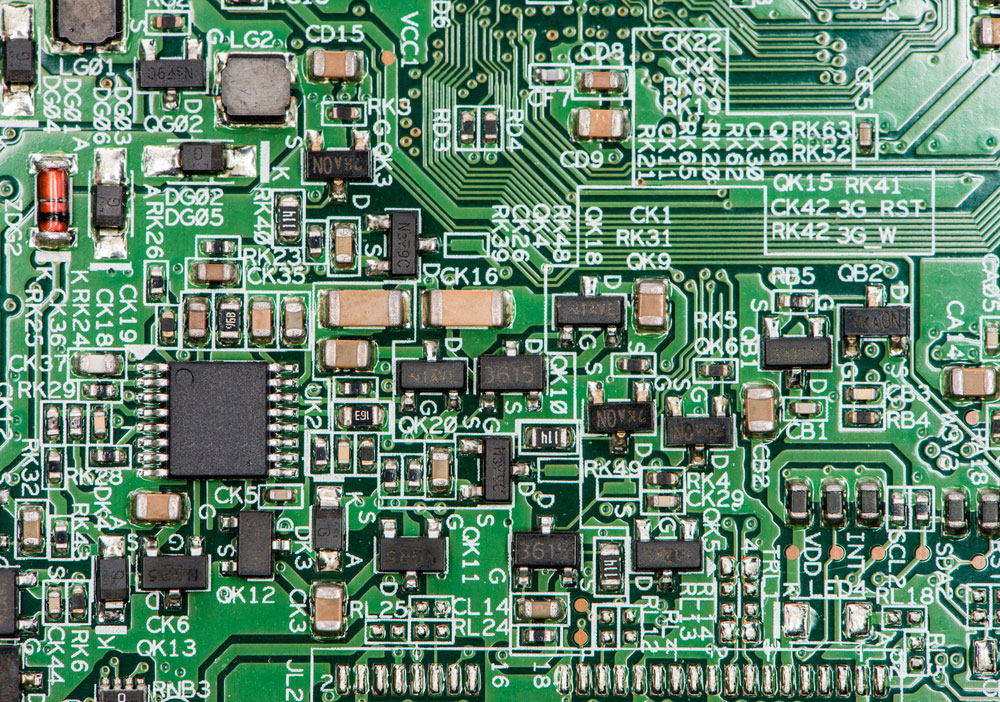
Electronic circuit board with electronic components such as chips
There are different types of Kapton PCBs, each with its unique upsides. Here are the main ones:
Pure Polyimides
The 2nd generation polyimides lack several additives and brominated flame retardants. Hence, they are relatively more thermal stable than most present-day polyimides.
3rd Generation Polyimides
They feature additives to boost flammability resistance, thus handy in preventing electrical fires. However, they are less thermally stable than the ones we erstwhile discussed. They take less time to produce as they need lower temperatures and less curing.
Filled Polyimides
They feature a filler and a polyimide. The filler ensures minimal resin shrinkage, thus inhibiting cracks formation in curing and drilling.
Low-Flow Polyimides
They have a variety of fillers, such as flow restrictors and resins which constrains their flexibility.
Factors to consider while choosing a Kapton PCB
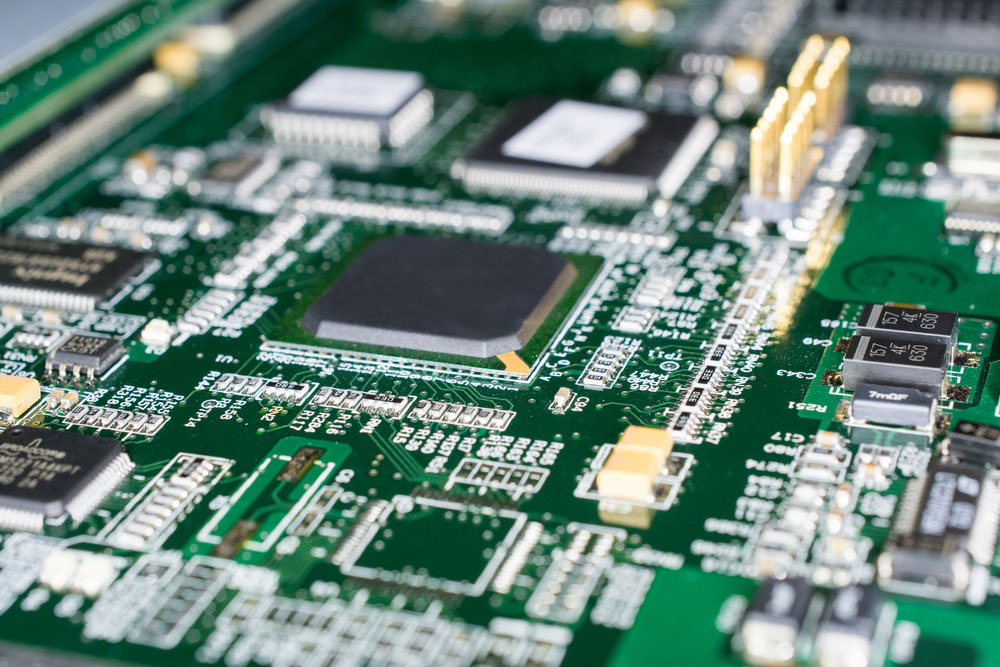
Printed Circuit board from a computer
Consider the following features when selecting Kapton PCB:
PCB's endurance/ durability
Tensile strength
Dielectric Constant
Ease of the replacement procedure
Impact protection and Ingress protection ratings
Cost of the PCB
Glass transition temperature
A low CTE
Thermal stability
Resistance to chemicals
Summary
In conclusion, above is a detailed exposition of the Kapton PCB and the respective PCB applications. Therefore, for a project involving high-temperature applications, choose Kapton PCB. For additional queries on this and other components, talk to us, and we'll respond promptly.
-
No comment





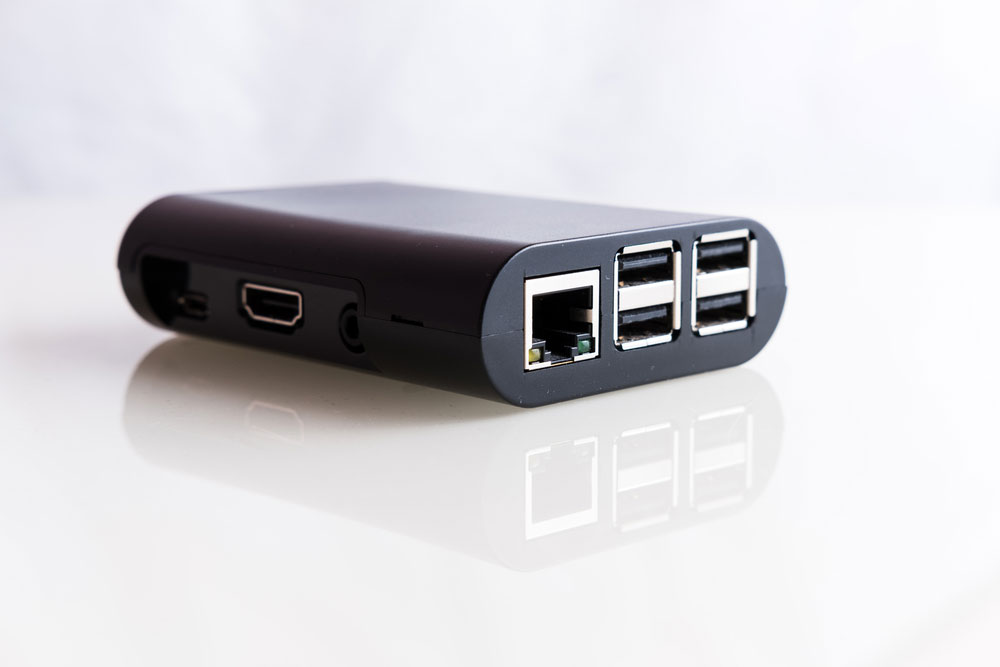
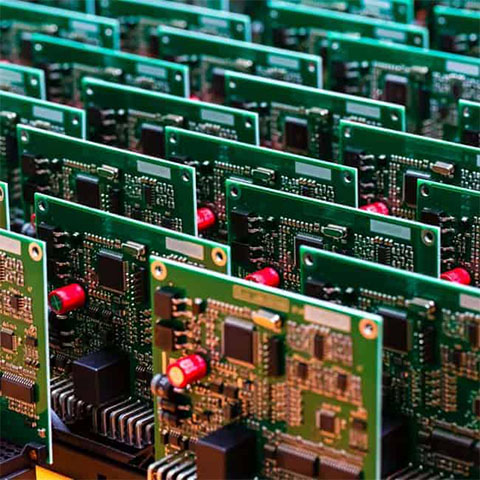
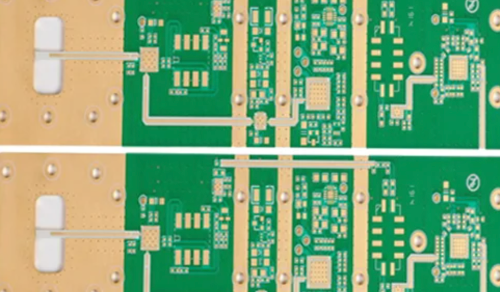
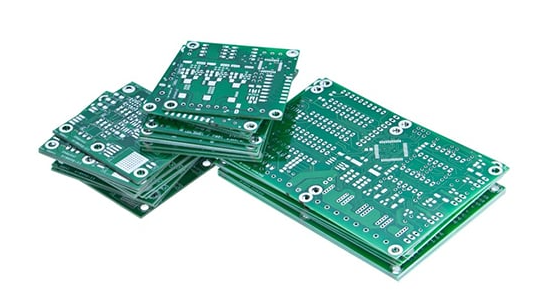



 tel:+86-18825224069
tel:+86-18825224069 email:
email:





















